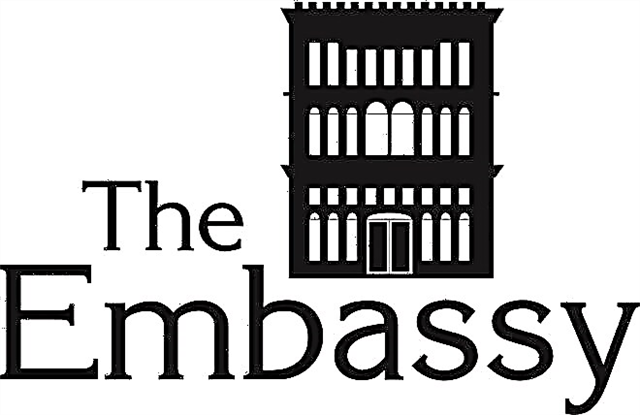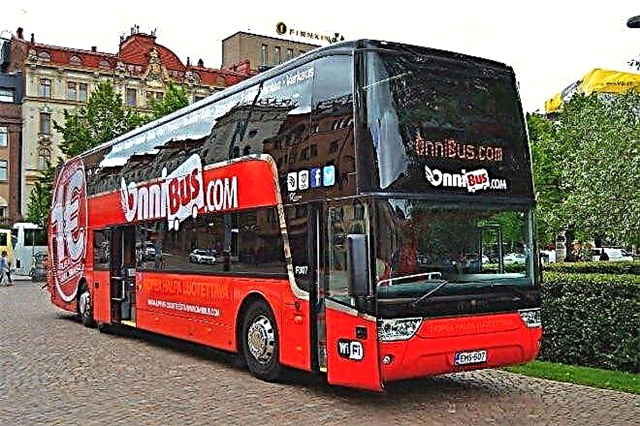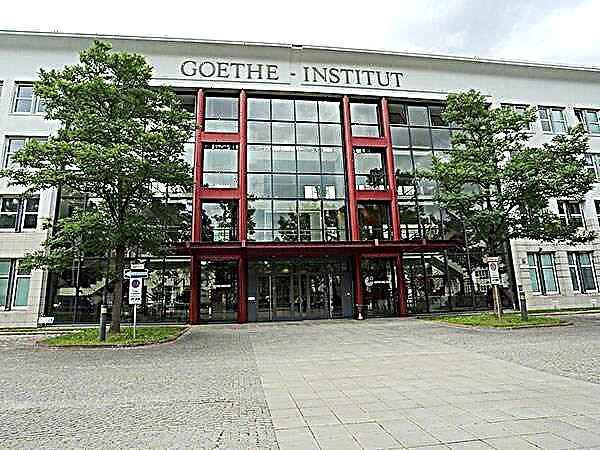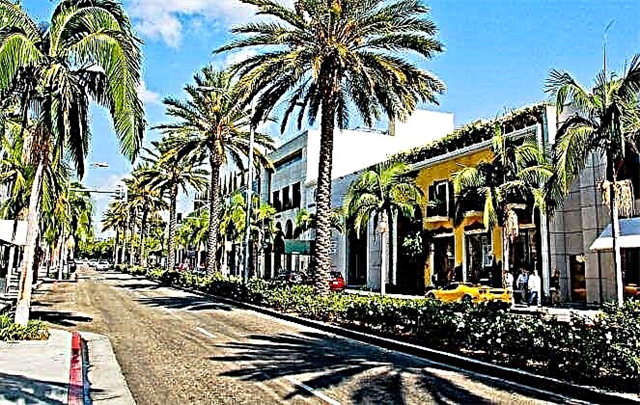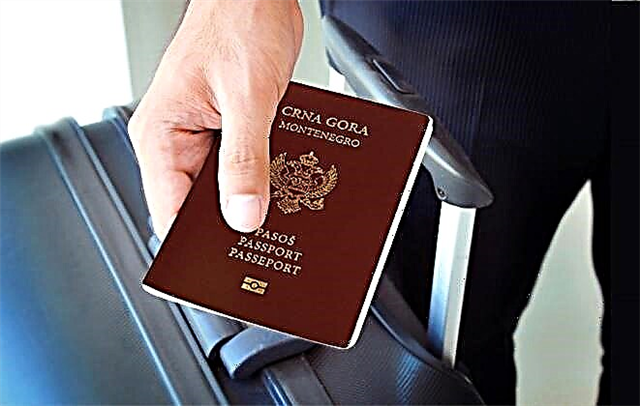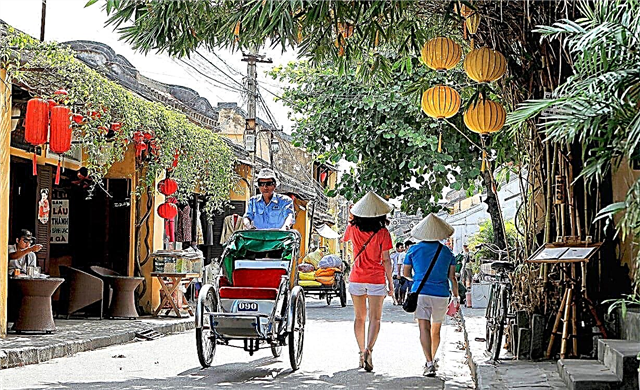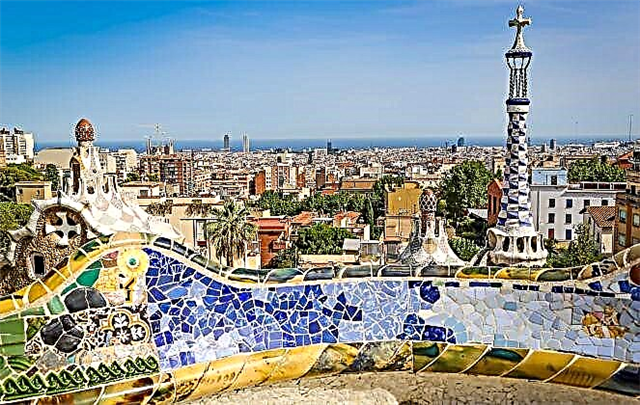The Catalan capital delights its guests with a wide variety of attractions, shopping opportunities, spending time and simply soaking in the Spanish atmosphere. But choosing a hotel is not so easy: the city's districts are very different from each other and are at different distances from the main tourist routes. So that the place of residence does not become a disappointment, information on where is the best place to live in Barcelona will come in handy for those who want to feel like Barcelona for a while.

What you need to know about city districts
The capital of Catalonia is the second most populous city in the kingdom. The area of the city is 100 square kilometers and is divided into 10 districts:
- Eixample.
- Ciutat Vella.
- Les Corts.
- Sants-Montjuic.
- Horta-Guinardo.
- Gracia.
- Sarria-Sant Gervasi.
- Sant Andreu.
- Nou Baris.
- Sant Marti.
Until the 19th century, each of these territories was an independent settlement. And although today they are all united by common administrative borders, each has retained its identity. This is especially colorful and vividly reflected in local festivals and holidays.
The city's boundaries were last confirmed in 1984. In 2009, in order to improve management practices, its territory was divided into 73 districts (sub-districts), but the districts of Barcelona remain the same.
Ciutat Vella - Old Town
The old town is the focus of attractions of the greatest interest to tourists. Many people try not only to visit this area, but also to settle here, so as not to waste time on public transport, but to live closer to all the main points of the city.
The old town includes 4 large quarters:
- Barceloneta;
- Raval;
- Sant Pere;
- Gothic.
The list of attractions here is very extensive:
- the Picasso Museum;
- Cathedral;
- Park Guell;
- Plaza Catalunya;
- Museum of the History of Barcelona;
- Columbus monument;
- Aquarium;
- Modern Art Museum;
- Boqueria market.
Young people prefer Barceloneta, located next to the sea and famous for its nightlife and restaurants. Its disadvantages include the lack of supermarkets and high prices, as in other places where tourists gather. The sea can be seen here from the windows of houses and hotels, but there is no escape from noise, garbage and fraudsters. One square meter of real estate here can cost up to 3 thousand euros.
Sportsmen and party-goers can advise this part of the city. For the former, there is a professional jogging track along the entire city beach, and for the latter, the clubs will delight: CDLC, Opium and others. There is also an excellent transport interchange in this area.

Raval is a migrant district. Even today, it is difficult for him to get rid of the fame that he gained many centuries ago. Once upon a time, brothels were very popular here and robbers haunted the locals.
Now Raval has become a gathering place for alternative youth. The choice of cafes and eateries in this part of the Old Town is very large, prices are reasonable and accommodation is affordable.
There is practically no new real estate, and the old one is more or less restored. It is possible to buy housing inexpensively, but it must be borne in mind that the area is not the most favorable for life.
You can feel the historical atmosphere of the city in the Gothic Quarter. Narrow streets, old buildings - all this will plunge you into the former Spain. But these same narrow streets will not allow taxis to drive directly to the front entrance of your hotel, since it is impossible to turn around on them. It is noisy in summer, especially on days when football matches are held.
The Rambla boulevard, which stretches from the Columbus monument to Barcelona square, attracts guests. This is the place where expensive shops, restaurants, cafes and all kinds of entertainment are concentrated.
District Eixample
Eixample is also called the Upper Town. The name translates as "expansion": this part of Barcelona appeared after the destruction of the city walls in the 19th century.
The district consists of blocks that form, as it were, the cells of the network. The original plan assumed that the houses should be located on only two sides, with parks and gardens in the middle. But the economy of urban space forced city planners to build structures from all four sides.
The advantages include the presence of supermarkets, good transport links, cleanliness and reasonable prices. The area is remote from the coast, and therefore we can say that it will be cheaper for tourists to live in local hotels.
Eixample can be conditionally divided into right and left parts. Well-to-do Barcelonians live in the first, and the cost of apartments reaches 4,000 euros, the second is chosen by the middle class.
Eixample is the largest area of the city. The main creations of Antoni Gaudi are located here: La Pedrera, Sagrada Familia, Casa Batlló. Shopping lovers can go here, because it is in this part of Barcelona that there are large shopping centers, including the famous El Corte Ingles department store, and brand boutiques.
District Sants-Montjuic
This part of the city is located on the slopes of Montjuic, whose name it received. In 1992, the area was the center of the Olympic Games. Today it is one of the most visited places in the city.
Translated "Montjuic" means "Jewish Mountain". This name comes from the Jewish cemetery located here.
In general, the entire area is considered a tourist attraction, since it is from the mountain that one of the most picturesque views opens up to Barcelona. The list of things to watch includes:
- "Magic Fountain";
- Spanish village;
- Miramar Gardens;
- Museum of Catalan Art;
- castle El Castell.
In the daytime there are many tourists here, but by night the area is noticeably empty and plunged into silence. Lovers of bright rest go to the Old Town.

Real estate here cannot be called cheap. On average, a square meter costs about 2.5-3.5 thousand euros. It is worth being prepared for the neighborhood with the gypsies living in the adjacent Sants and Poble Seque.
Features of Les Corts
Les Corts is the financial and economic center of Barcelona. Connoisseurs of good hotels, restaurants and shops come here. The famous Elephant Club, a place where wealthy people spend their leisure time, is a popular nightclub. The university area of the city is located in this part of the city, and the transport interchange is planned conveniently for both local residents and tourists.
The part that bears the name Pedralbes is considered fashionable. Since ancient times, this place has been the residence of wealthy citizens. Today, little has changed, which can be judged by the large number of elite mansions.
Sights:
- Camp Nou stadium;
- Barcelona Football Club Museum.
The population here is distinguished by a high level of income, and real estate prices cannot be classified as low - they start at 4,000 euros.
What's interesting in Sarria-Sant Gervasi
Like the aforementioned Pedralbes, Sarria-Sant Gervasi is considered one of the most fashionable and prestigious places in the city and consists of several villages that became part of Barcelona back in 1927. Once upon a time there was a colony of Ancient Rome on this territory.
The uniqueness of Sarrià-Sant-Gervasi lies in the fact that the locals have managed to preserve the atmosphere of village life, a state of peace and comfort. All this is harmoniously combined with modern hotels, fashionable buildings, elite clubs and restaurants.
Sights:
- observatory of Barcelona;
- Cosmo Caixa;
- Tibidabo amusement park.
If you want to live close to Barcelona and feel like a city dweller, choose Sarrià Sant Gervasi. But be prepared for the fact that housing prices here will be no lower than in Pedralbes: from 5,000 euros per square meter.
District Gracia
Back in the 19th century, Gracia was not part of Barcelona. Today the district is markedly different from others in its independence and self-sufficiency.People from these places, when talking about their origin, like to emphasize that they are not from Barcelona, but from Gracia.
Tourists know about the area thanks to the festival that takes place here every August and lasts 5 days. Townspeople decorate houses and streets - this is a kind of competition.
Most of the trendy foreign restaurants are located in this part of the city. But the biggest attraction of Gracia is Park Guell.

Apartments in this area are small. You can still find many old details in them: wooden vaults, mosaic floors, unusual balconies. Most often the artistic elite moves here. Visitors can plunge into a bohemian life, sometimes, however, going beyond the formal. At the same time, Gracia is considered a quiet area. Old apartments cost from 3 thousand euros per sq. m, new - from 5 thousand.
Features of Horta-Guinardo
Horta Guinardo is the third largest city in the city. In the 19th century, the area was an agricultural suburb of Barcelona. You can still find here aristocratic estates, medieval farms, fortresses. In the 21st century, this part of the city is considered one of the quietest.
- Tourists here will be interested in the Laberinto Park, which was created by the Italian Domenico Baguti in 1792. In summer, classical music concerts are held here.
- Another site worth seeing is the São Pau Hospital, a UNESCO heritage site.
Many travelers prefer to stay in this part of the city, which is facilitated by low prices in hotels and inexpensive apartments. You can buy an apartment in this area for 3,000 euros per square meter.
Nou Baris is the best place to buy inexpensive real estate
For tourists, this place is not very attractive, but you can buy an apartment here inexpensively. The area is located in the north of Barcelona between the area of Sant Andreu and the Sierra de Collserola (mountain range).
The specificity of this place is that there are very few Spaniards themselves. Most of the residents are African Americans, Latin American, and Gypsies. But if you go down the slope of the mountains, then the ethnic composition of the inhabitants gradually changes and the number of Spaniards grows. The number of shops, bars and restaurants is also increasing. The best place to buy a home will be the streets near the Via Julia metro.
Do not forget that in the middle of the last century, Nou Baris was a place where internal migrants were resettled. Later, residents of other countries began to come here. The authorities began to develop this part of the city only by the end of the 20th century and continue to invest in it to this day.
Sant Andreu - the place where the indigenous Catalans live
The district is located in the northern part of the city. Before joining Barcelona, it was an independent industrial village, and has retained its authenticity to this day. You need to come here to walk along the Rambla de Fabra i Puig street. There are practically no other attractions here, except for the ancient church of Sant Andreu.
The exterior of this part of Barcelona is shaped by modern houses, residential complexes and new buildings. There are many parks and recreation areas in the area. Housing prices start from 2 thousand euros per sq. m.
Here you can find many offers for renting apartments. A good place for those who decide to settle in Spain for a long period of time.

Sant Marti - the second largest area of the city
Sant Martí is also located in the north of the Catalan capital. It is known as a middle class residence. There are many shopping centers, shops, cafes, entertainment centers and parks. It is believed that from the sleeping areas of the city, this one is more suitable for life.
In 2004, Sant Martí hosted the World Cultural Forum, thanks to which it was significantly reconstructed and renewed. Those who want to get away from the bustle of the city can spend an excellent weekend in its parks.
There are almost no tourists here.
You can buy real estate here in 2021 for 3800 euros per sq. m. Life in this place flows calmly, without fuss and serious incidents.
Where is it dangerous to live in Barcelona
Most of all troubles await where there are large concentrations of visitors, namely in the locations of local attractions. You need to be especially careful on the Ramblas. Petty thieves, greedy for wallets, phones and handbags, are hunted here. Most often they work in concert, 2-3 people each.
Don't let your guard down in Barceloneta, especially if you're on the beach. Leaving things unattended here would be a big oversight.
Vigilance will not hurt in the Raval area - on the street of "red lights". A lot of people gather here in the evening and at night, and therefore it is important to follow simple safety rules.
Better to limit walks in the evening at La Mina in Nou Baris. The disadvantaged suburbs of Barcelona are experiencing an increase in the number of small accidents with an increase in the number of illegal migrants.
Russian population of Barcelona
According to data for 2021, provided by the National Institute of Statistics, the number of Russian citizens in the province of Barcelona was almost 9 thousand people. Of these, 4 thousand settled directly in the city itself. Most of the migrants came here at the end of the last century - the beginning of this century. Moreover, this was not a wave of labor migration, but a stream of those who wanted to buy inexpensive real estate in sunny Barça.
The activity of the Russian-speaking population is manifested in the holding of various events, the opening of Russian shops and cafes, radio stations. It should be noted that the city is chosen by wealthy immigrants, since today housing prices are among the highest in the country. Those on a budget choose the suburbs.
Outcomes
Today Barcelona consists of 10 administrative districts. Some of them became part of the city only in the 19th-20th centuries, having previously been in an autonomous status. The Catalan metropolitan areas are distinguished by their identity and special atmosphere. The noisiest are located in the center and attract a large number of attractions. You can hide from the noise and find an inexpensive hotel in the sleeping quarters located in the north and east of Barcelona.


